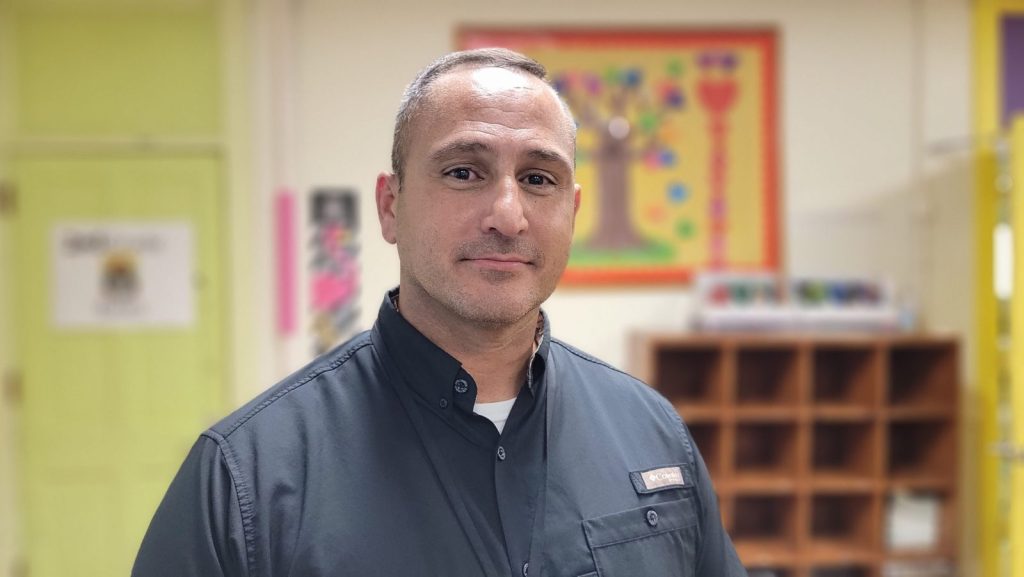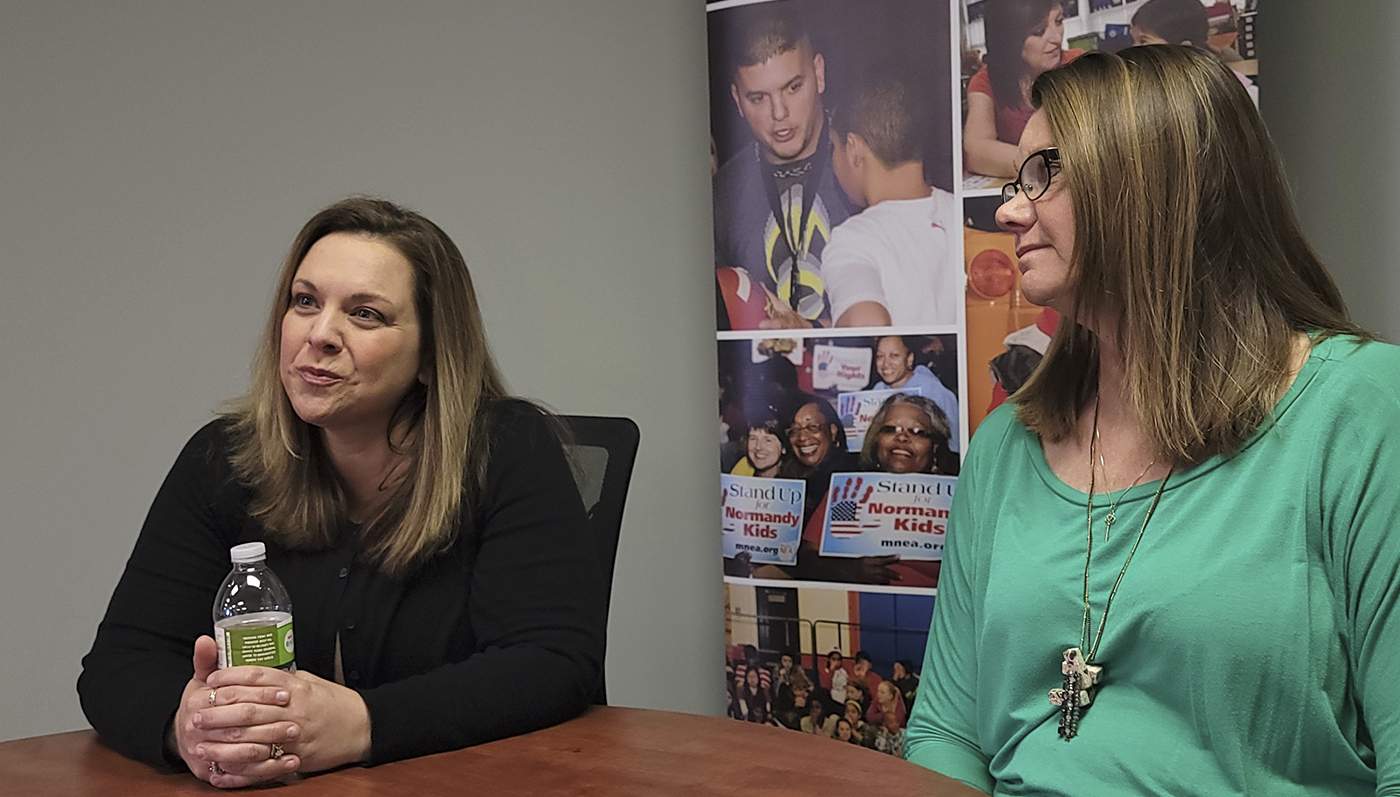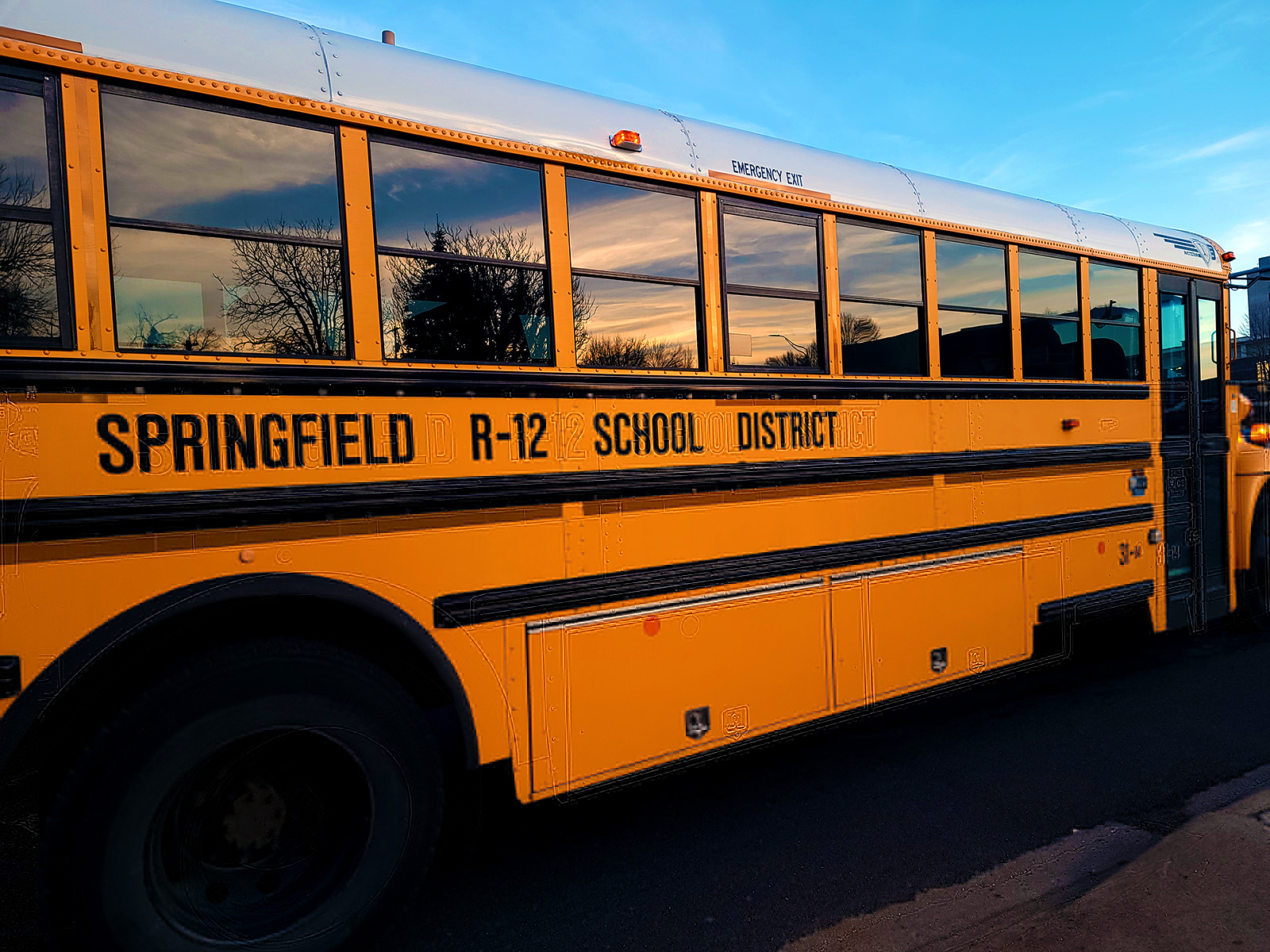When you work as an hourly employee for the Springfield Public School District, your paycheck is annualized. It’s a system that withholds a percentage of an employee’s earnings to pay out wages over a full year, even if they only work nine-month positions. That’s about to change, whether employees like it or not. And there are plenty of current employees who like it and plenty who don’t.
SPS employees recently received an email saying that annualized pay will end for current employees in August. Nine- and 10-month hourly employees will start seeing their full hourly wages reflected in September checks. Twelve-month hourly employees — like school secretaries — will see the change happen earlier in the summer. Come the summer of 2024, employees won’t get any checks if they don’t work during those summer months. Their take-home pay remains the same, but they’ll be taking it home differently.
The district cited workforce retention and recruitment, as well as HR efficiency, in making the change. It is an issue that John Mulford, deputy superintendent at SPS, said has driven potential employees away from the district in recent years. But it’s also one he said has been considered a job perk among generations of public school district employees, many of whom took jobs that aligned with their children’s time in and out of school.
“I think what we have to recognize is that when you have annualized pay for specific employee groups, you're always going to have some people who like it, and some don't,” Mulford said. “And there's just no way around that.”

The current system has been a particular sore spot for employees in the district’s transportation department, he said, and the district’s 112 bus drivers got a head start on the new pay system last month. They’re the pilot group of hourly employees who are the first to receive biweekly paychecks that reflect the full amount of money they most recently earned.
“For bus drivers in particular, we made the move effective Jan. 1 because of the strong voice we were hearing that wanted that change to happen,” he said.
The head of the union that represents the drivers said a large majority of his members no longer want the district to meter out their pay. And even among his ranks, he said, there are some who want to keep things the way they are.
And the union leader, who represents hundreds more hourly employees, said she is concerned it will cause current employees to seek additional work or leave their jobs.
What changes, what doesn’t
The decision was announced at a time that the district is transitioning to a new payroll system, which Mulford said plays into the switch. He said HR and payroll experts have told staff that, as a best practice, school districts are moving away from annualized structures.
“Annualized pay is a significant extra load on our payroll department, of tracking those hours, ensuring that people are paid according to wage and labor laws on the hours they actually work versus what we just projected that they would work,” Mulford said. And, as administrators pointed out during a January school board meeting, the payroll department is short-staffed too.
In announcing the change, the district announced a set of informational sessions for employees. The first was conducted over Zoom in late January. The second session was going to be held in person on Feb. 1 but was rescheduled due to the weather.

Mulford said there are two main points district administrators are trying to drive home for employees during information sessions on the change. One is that the change won’t happen for nine- and 10-month employees until next school year. The second point is that employees’ wages won’t change. The way they get paid that wage will.
Mulford said during the Zoom session, some employees had questions he said were “rooted in a misunderstanding of how the system works.” In advance of the next information sessions, he prepared how it would work for a hypothetical base-wage paraprofessional II employee as an example.
Starting pay for a para II is $16.75 an hour, and the position is scheduled to work 185 of the 260 work days in the calendar year. With annualized pay, the paraeducator’s pay is metered out over 260 work days, he said. The district withholds 29 percent of the employee’s earnings and pays the employee at a rate of $11.89 an hour over 12 months for the nine-month position. With semi-monthly pay in an annualized system, Mulford said, the paraeducator received, on average payment for about 7.7 days worked, even if they worked more days than that. And if that paraeducator joined the district in the middle of the school year, Mulford said, their paycheck would still be stretched out over 260 days even if they worked, say, 90.
“The further we get into the school year with a hire, the more challenging annualized pay becomes,” he said.
But many employees in the district have built their work and family life around that system, said Laura Mullins with the Springfield NEA. Along with teachers, the union represents scores of employees who currently receive annualized pay. The groups include paraeducators, secretaries, school police officers, dispatch workers, kitchen workers and supervisors, some school nurses, custodians, maintenance workers, grounds department workers, behavior technicians, language interpreters and braille transcribers. All told, Mullins said, it’s around a thousand support staff employees. On Thursday, she said she’d opened up a survey to ask members if they supported the change or not. It isn’t closed yet, but Mullins said early returns showed a near-unanimous negative reaction to the district making the change.

“I feel like that’s them pulling back on a promise,” Mullins said. “So it’s causing people to reevaluate. If people would just listen to their employees, they would have a happier workplace.”
Mullins said many of her members have expressed concerns about paychecks in November and December.
Working fewer days during the holiday season will present challenges for the employees she represents, she said, and not just to the employees affected by the pay change. She said she has heard from teachers in special education classrooms who are concerned about losing their paraeducators as a result of the system shift.
In addition to concern around holiday breaks, unexpected days off could present challenges down the road, Mullins said.
“And, like, this week,” she said in the midst of a week of canceled classes. Superintendent Grenita Lathan has paid support staff during days when school was canceled because of weather — a change from prior administrations. Mullins said she was appreciative of the decision, but noted that it’s not part of the collective bargaining agreements for the hourly groups she represents. Until it's set in stone, union members can't count on it, she said.
Mullins said annualized pay cushions a lot of life events for SPS employees who chose a career or job path that followed the school schedule of their children. She said some will likely have to look for summer employment rather than be with their kids, which could force them to pay for child care.
“Your budgeting is just a plan, and life doesn’t go according to plan,” she said.
Mulford said neighboring school districts are moving away from annualized pay. The Ozark School District does not use annualized pay, and he said the Willard Public School District recently made the decision to end the practice as well. At the same time, he said, he recognizes that it was a common practice at school districts, and was considered a perk by the people who comprised much of a school district’s hourly workforce.
“That was when, primarily, people who filled the nine-month positions — whether that's food service, bus drivers, paras, whatever — were often stay-at-home parents whose kids were now in school, who wanted something to do but also wanted to be off when their kids were off,” he said. “So that was the people that filled those roles.
“That is not necessarily the case today.”
Mulford said the district is seeing more people applying for hourly positions who are interested in full-time employment, whether that means working summer school hours available on SPS campuses or taking different jobs in the summer. The annualized pay structure, he said, has been a non-starter for some.
“So that’s what we’re starting to hear is more of, ‘We want the money now,’” he said. “That type of mentality.”
Bus drivers are piloting the system

Jeremy Manley, president of Teamsters Local 245, said the SPS bus drivers he represents support it because it fits many of his members' lifestyles and because many reported issues with their paychecks in the annualized pay system. He said drivers had “felt like they had been shorted” on added trips they agreed to take on along with their regular routes. Tracking pay by hours worked at the hourly rate is the preference of a large majority of his members.
Manley thanked Bill Redinger, who joined SPS as its chief human resources officer at SPS, for addressing the issue shortly after joining the district last year.
Manley said that lack of a paycheck during a holiday week or other gap in work hours “is a very big concern” for some bus drivers who earn their primary income from the position. But the majority of the bus drivers supported the change. Manley said many SPS bus drivers are retirees who get supplemental income from their routes.
The district needs eight more bus drivers to be fully staffed and would prefer 10 more than that, Mulford said. At a recent SPS University event, several parents expressed exasperation about the three-tiered school day schedule system that’s gone into place during a time when bus drivers are in short supply at SPS and across districts nationwide. Lathan told the audience the three-tier system would likely remain in place for several years due to the driver shortage, but promised that current school start times would remain the same next year.
Mulford said it’s too early to tell if the incoming payment system will attract more bus drivers or prospective employees across other hourly fields. But he said the district has lost several new hires late in the onboarding process when the annualized pay structure was explained.
“We start talking about how pay works in the district with annualized pay, and they say, ‘Thanks, but no thanks,’ and they don’t accept the job,” he said.
Mullins said her members’ feedback was not sought in advance of the decision.
“I was never asked about it,” she said. “Why would they take what one group wants and spread that across the entire district?
“Ok, let the bus drivers do it. They’re a different union. There’s a clear division between that group and everyone else.”
Mulford said it’s not a decision where everyone can have what they want, and that it had to be made with efficiency and effectiveness for the payroll department in mind.
“While we certainly want feedback from our employees about how we can best support them, this is not one where it would be put out for a popular vote,” he said. “Because at the end of the day, no matter what decision is made, there will be those employees who like it, and those who don't.”

